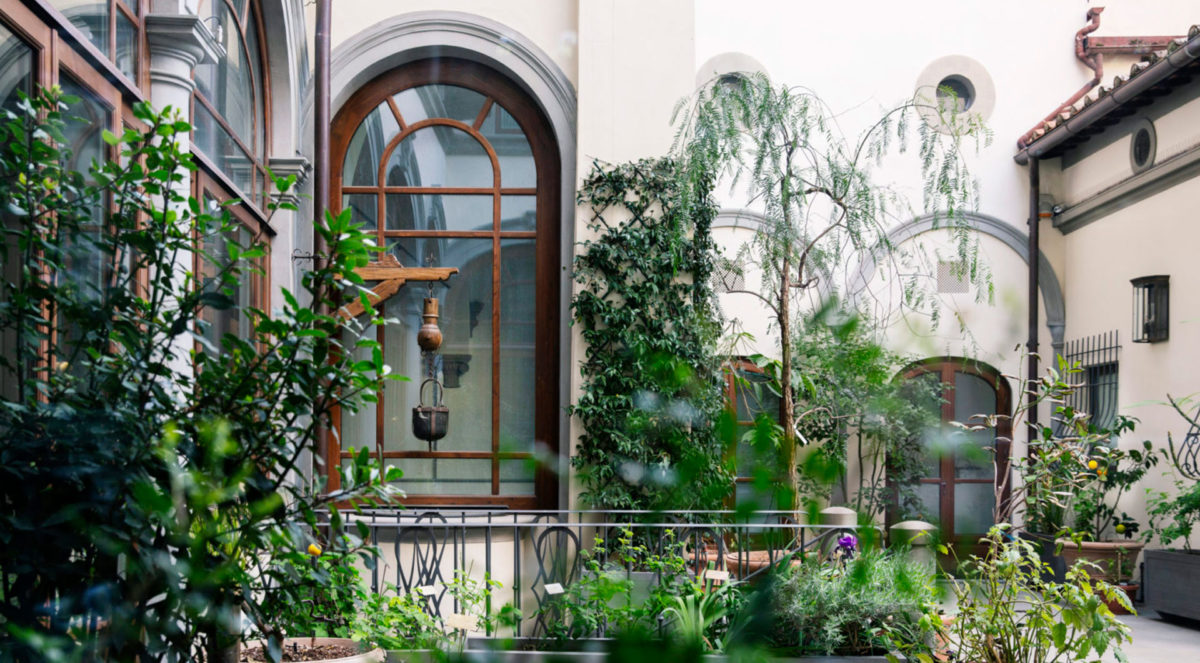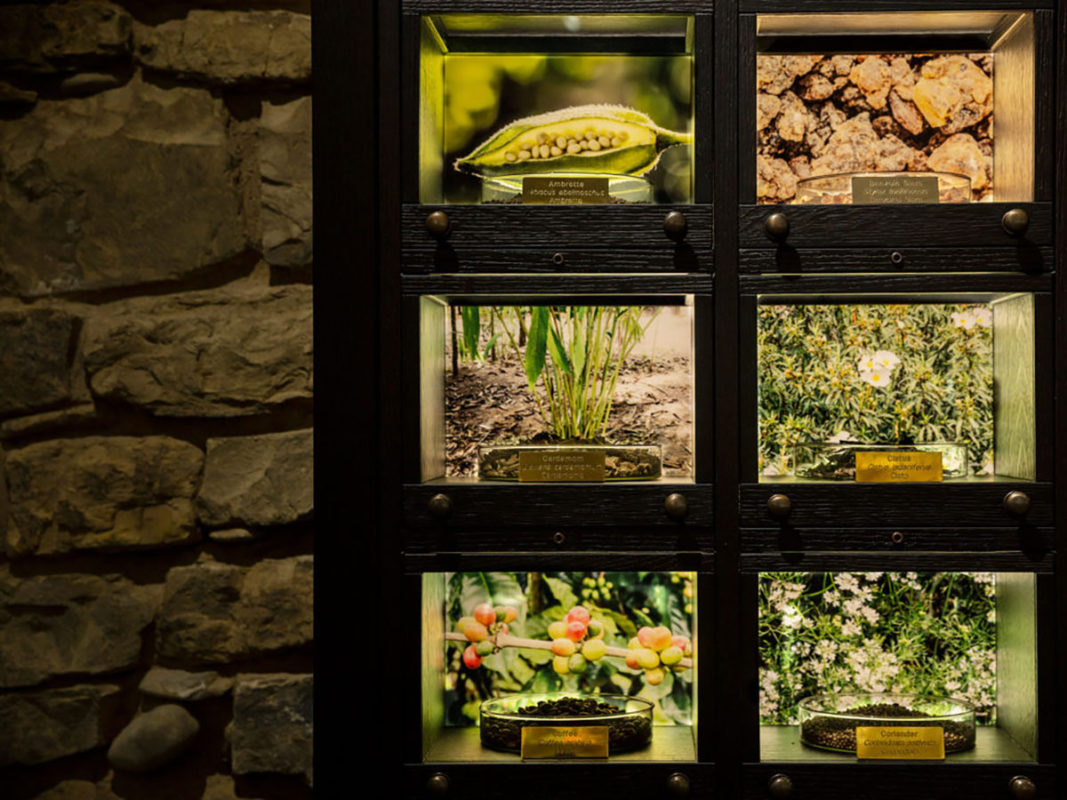Catherine de Medici and her personal perfumer, Renato Bianco, brought the tradition of using aromatic blends to the French court in the early Renaissance
Associated with art, craftsmanship, and beauty, Florence has its allure of the Italian perfumery capital, too. Coming from the local tradition of speziali, medieval pharmacists and herbalists, it is now a home for independent perfumeries and brands. After all, a belief attributes the spread of perfumery to Florentine Catherine de Medici and her personal perfumer Renato Bianco, who brought the tradition of using aromatic blends to the French court in the early Renaissance.
Museo Villoresi, a story of savoir-faire that began back in 1981
All this makes for a setting for this story of passion and savoir-faire that began back in 1981 during Lorenzo Villoresi’s first trip to the Middle east. «Most of my fragrances are inspired by myths and legends from different countries and cultures, exotic and dreamlike settings and landscapes» – explains the perfumer and the founder of the Museo Lorenzo Villoresi.
Having started from experimenting with aromatic plants and essential oils, in 1990 he created the high-end brand based on his personal interpretation of classics, such as Vetiver and Patchouli and a line of unique artistic perfumes. Since then, he has been personally supervising all the aspects of production, still carried out manually in the company’s own laboratory and factory, to ensure the quality. He designed the hexagonal bottle of all the fragrances by himself, as well.
«I like to create special packaging using sterling silver, crystal, alabaster, and leather: in Florence, we still have artisans that can work with these precious materials and produce real masterpieces» — Villoresi, who won the prestigious perfumery Prix Francois Coty in 2006, reveals. «Contemplating the harmony and the perfect proportion of Renaissance architecture from the windows of my studio has certainly trained me to seek beauty and harmony in all my creations».
The Boutique Museo Villoresi
The Boutique Museo Villoresi occupies a 15th century palazzo on Via de’ Bardi, not far from the Arno river bank and Ponte Vecchio bridge. Situated amid the historical center of the city, this narrow antique street was named after one of the richest families of Florentine bankers and flourishes several important historical palaces. Lorenzo Villoresi’s artistic creations aspire to go beyond fashion trends, space, and time, following only the fragrance itself in absolute freedom.
Based on careful and thorough, taking years sometimes, study, and research, Villoresi composes his perfumes, room fragrances, and bath and wellness products, looking for authenticity. Additionally, the brand’s collection includes candles, incenses, scented sachets, and accessories made of ebony, local Tuscan marble, and leather. The boutique sells books on the history of perfumery, wellbeing, and self-care, including the ones written by the founder, who pursued an academic career in ancient philosophy before landing his current path.
A multisensory journey into the world of perfumes
In 2019, Villoresi’s desire to share his passion for perfumery as a form of art combined with the Maison’s research and know-how led to the opening of it’s Academy and Museum of Perfume, the first in Italy. The Academy offers courses, workshops, and guided tours, often by the founder’s wife Ludovica, olfactory sessions revealing the historical, cultural, and artistic value of the world of perfumery and the science behind it.
Occupying almost a thousand square meters’ surface, the Museo Villoresi aims to offer its visitors «a multisensory journey into the world of perfumes, scents and, the most important, aromatic substances, as well as the history, myths and legends that have characterized this world for centuries». Its central room, called Osmorama, represents a “scents library”, featuring more than a thousand aromatic ingredients, both ancient and modern.
To continue the journey, there is an internal garden and a terrace with a collection of aromatic plants, such as Frangipane, Champaca, Coffee, and Osmanthus, brought from all over the world. The itinerary finishes with the selection of plants, allowing a visitor to follow the complex and sophisticated creative process from the beginning — leaves, fruits, berries, and flowers — to the end, the final product — a bottle of perfume.
Museo Villoresi
Museo Villoresi
Via de’ Bardi 12
Florence, Italy




















